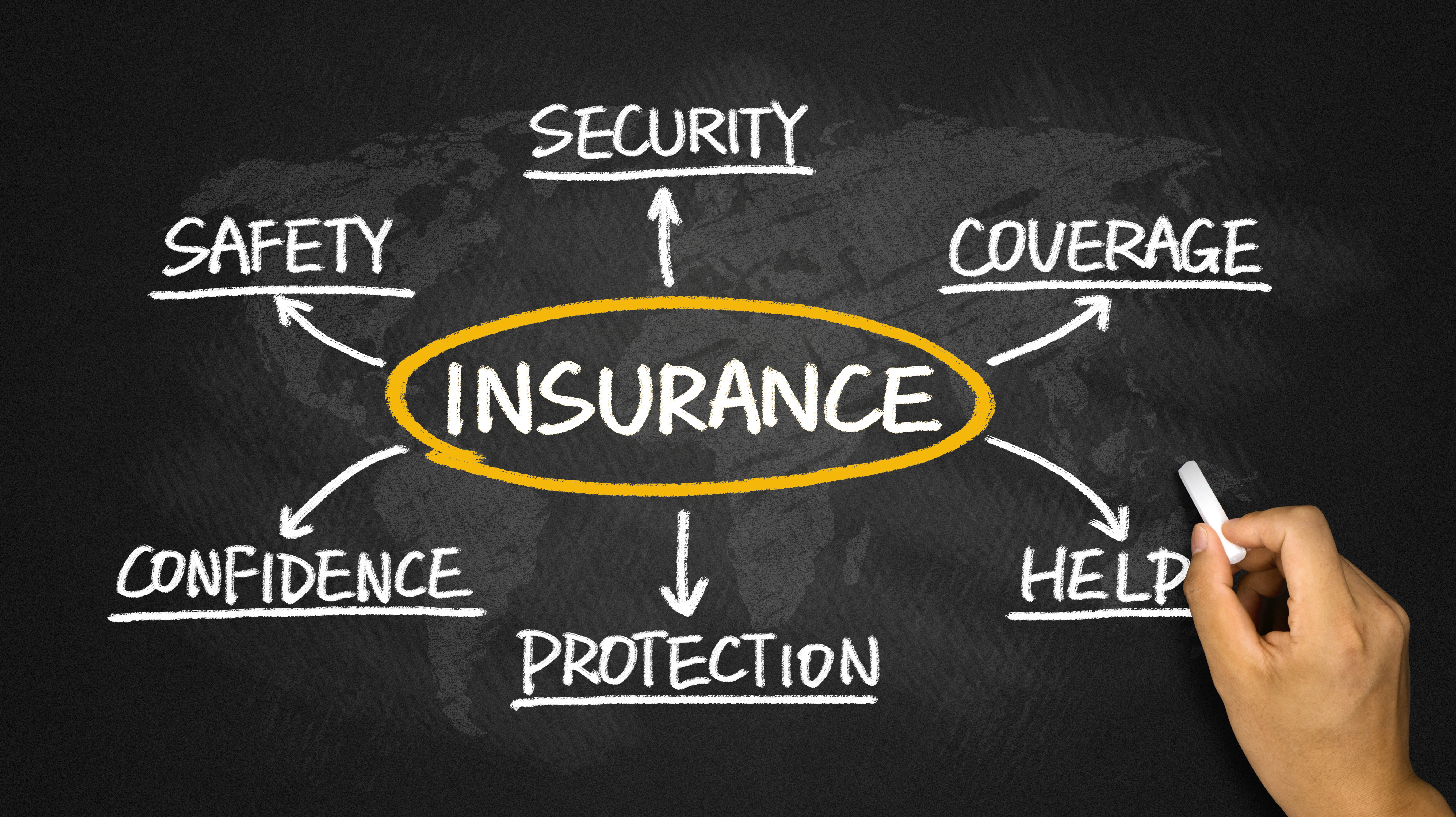
On December 5, 2006, Melanie Herman, E.D. of the Nonprofit Risk Management Center, and I gave a very short presentation on insurance for the Young Nonprofit Professionals Network. I began the presentation with a discussion of liability.
Liabilities
Liability may be defined as a type of risk for which there is an attribution of fault and a resulting obligation of the party to which fault was attributed. Commonly, liability refers to being sued. In the nonprofit management context, leaders must manage the risks of liability imposed on the organization and liability imposed on individuals affiliated with the organizations (e.g., directors, officers, employees, volunteers). The following list represents some areas of exposure:
- Employment-related claims (said to represent over 75% of all claims against nonprofits)
- Sexual harassment
- Discrimination (e.g., resulting in a failure to promote)
- Wrongful termination
- Facility-related claims
- Improper maintenance (e.g., slip and fall cases)
- Improper use
- Environmental dangers
- Noncompliance with OSHA
- Event-related claims
- Improper management/supervision
- Liquor liability
- Automobile-related claims
- Negligence-related claims
- Negligent hiring
- Negligent training
- Negligent supervision of staff, volunteers, clients (particularly children and other vulnerable clients)
- Negligent provision of services (e.g., malpractice)
- Misuse of funds
- Private inurement by an insider
- Excess benefit transaction (including excessive compensation)
- Other private benefit transactions (look for future posts on this complex area)
- Misuse of restricted funds
- Violation of the charitable trust doctrine (a concern when the charitable purposes of the nonprofit change over time)
- In violation of anti-terrorist laws (check the SDN list)
- Investments in violation of prudent investor laws
- Endowment management inconsistent with UMIFA
- Waste
- Intellectual property claims
- Trademark/Servicemark
- Copyright
- Patent
- Trade Secret
- Defamation claims
- Libel (e.g., harmful written statement)
- Slander (e.g., harmful oral statement)
- Privacy law claims
- Charitable solicitation violations
- Products liability
- Contract-related claims
Risk Management Strategies
The following steps represent some risk management strategies used to minimize a nonprofit’s and its leaders’ exposures:
- Incorporation (limited liability protection)
- Directors, officers and managers understanding and doing their jobs
- Training
- Written policies and procedures that are followed and enforced
- Internal controls
- Conflict of interest policies
- Employee handbooks
- Proper maintenance of written records
- Audit
- Financial
- Risk management-related
- Timely, appropriate investigations of complaints
- Retention of competent help when appropriate
- Avoidance of certain activities where the risk outweighs the reward
- Indemnification and hold harmless agreements
- Attention to risk management in planning
- Common sense
- Insurance
Five Questions to Consider
Before proceeding to describe different types of insurance products that may be of interest to nonprofits, Melanie identified five preliminary questions nonprofits should consider:
- What risks can insurance protect?
– Certain risks are not protected by insurance, and different insurance products protect against different types of risk. - Are you required to have coverage?
– Certain organizations, facilities or events may require coverage. - Can you afford coverage?
– Melanie noted that most of the 2 million nonprofit organizations in the United States (including hundreds of thousands of very small nonprofits and churches that are not required to file annual information returns) do not have any kind of insurance. - Are you insuring against a mundane risk or a catastrophic risk?
– Melanie advised to insure against catastrophic risks. Mundane risks may instead be factored in as a cost of doing business. - Who is buying the insurance (which may be pertinent to members of affiliated groups)?
Types of Insurance
Among the most common types of insurance products obtained by nonprofits:
- Commercial general liability. Typical core coverage. May provide coverage for negligent acts resulting in bodily injury, property damage, personal injury, or advertising injury to a third party.
- Directors & officers. May provide coverage for actions by the board resulting in harm. A good D&O policy should provide broad coverage for employment-related actions such as wrongful termination, discrimination, and harassment. Because the vast majority of D&O claims are employee related (90% according to some carriers), many experts, including Melanie, generally assure very small nonprofits with no employees and small budgets that it is not always necessary to obtain D&O. However, the cost of D&O coverage may be offset by a valuable board recruit that will only serve if the nonprofit has such coverage.
- Errors & omissions. May provide coverage for negligent acts resulting from professional services (i.e., malpractice). While best known as the type of coverage obtained by doctors and attorneys, Melanie stated that she knew of 41 types, including E&O for management consulting and social service work.
- Automobile. May provide coverage only for liability resulting from damages caused to third parties or may include coverage for physical damage to the insured’s car.
- Property. May provide coverage for damages to physical property the insured owns or leases, such as buildings, equipment, furniture, and fixtures.
- Employee Dishonesty. May provide coverage for an employee’s criminal act, such as embezzlement.
- Packages. These may vary widely.
Additional Resources on Nonprofit Insurance
Nonprofits’ Insurance Alliance of California
Nonprofit Risk Management Center: Articles